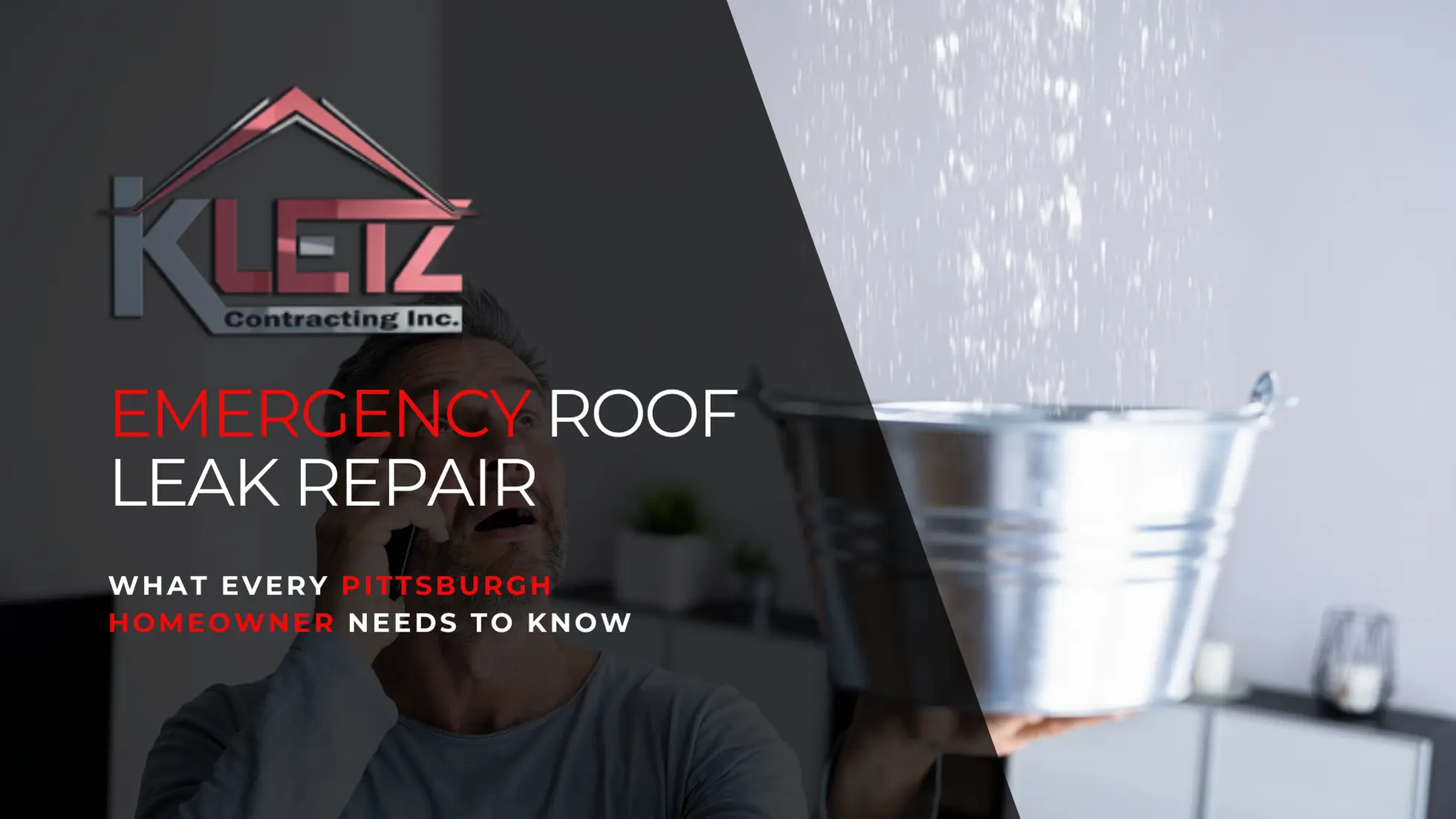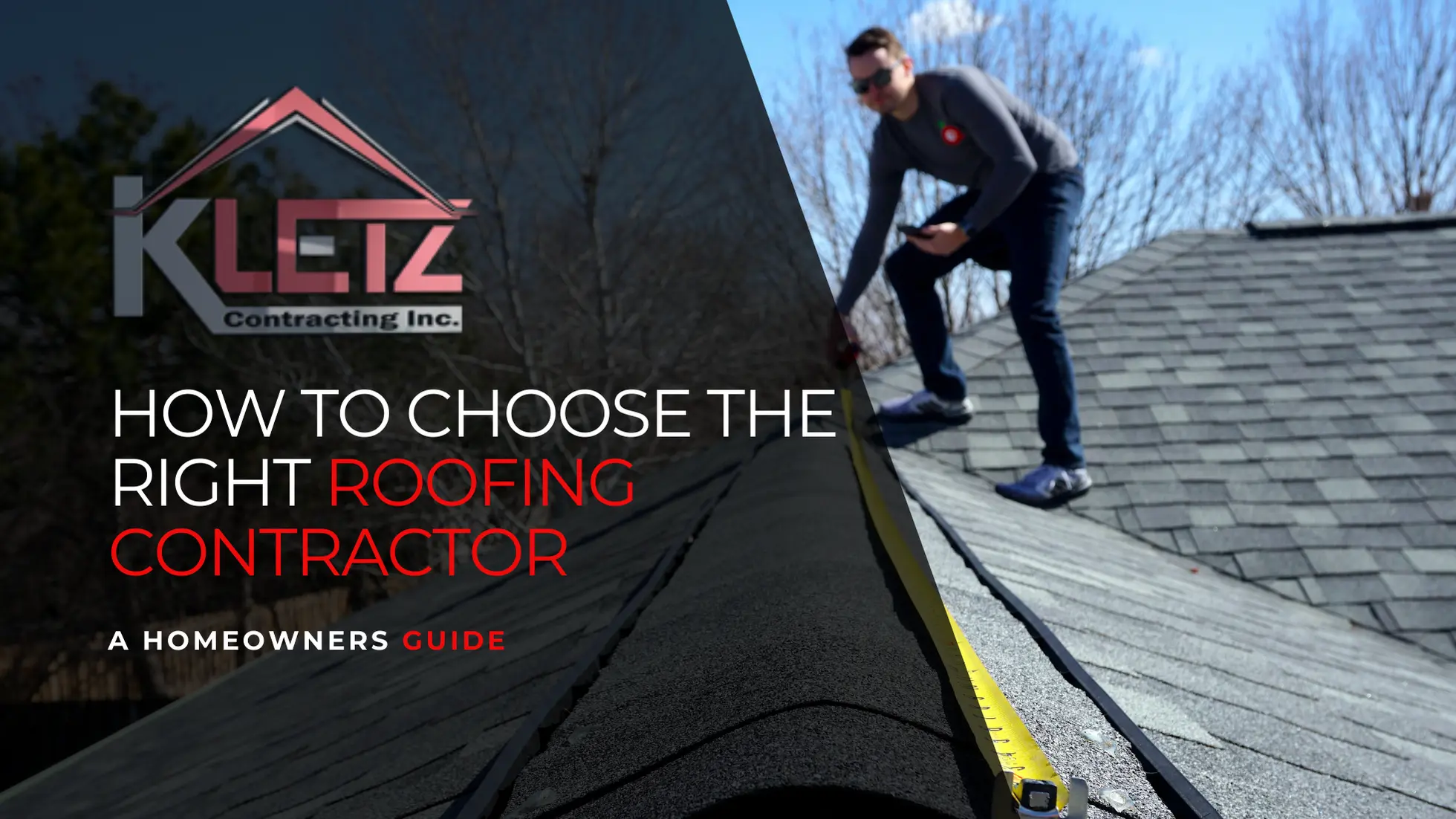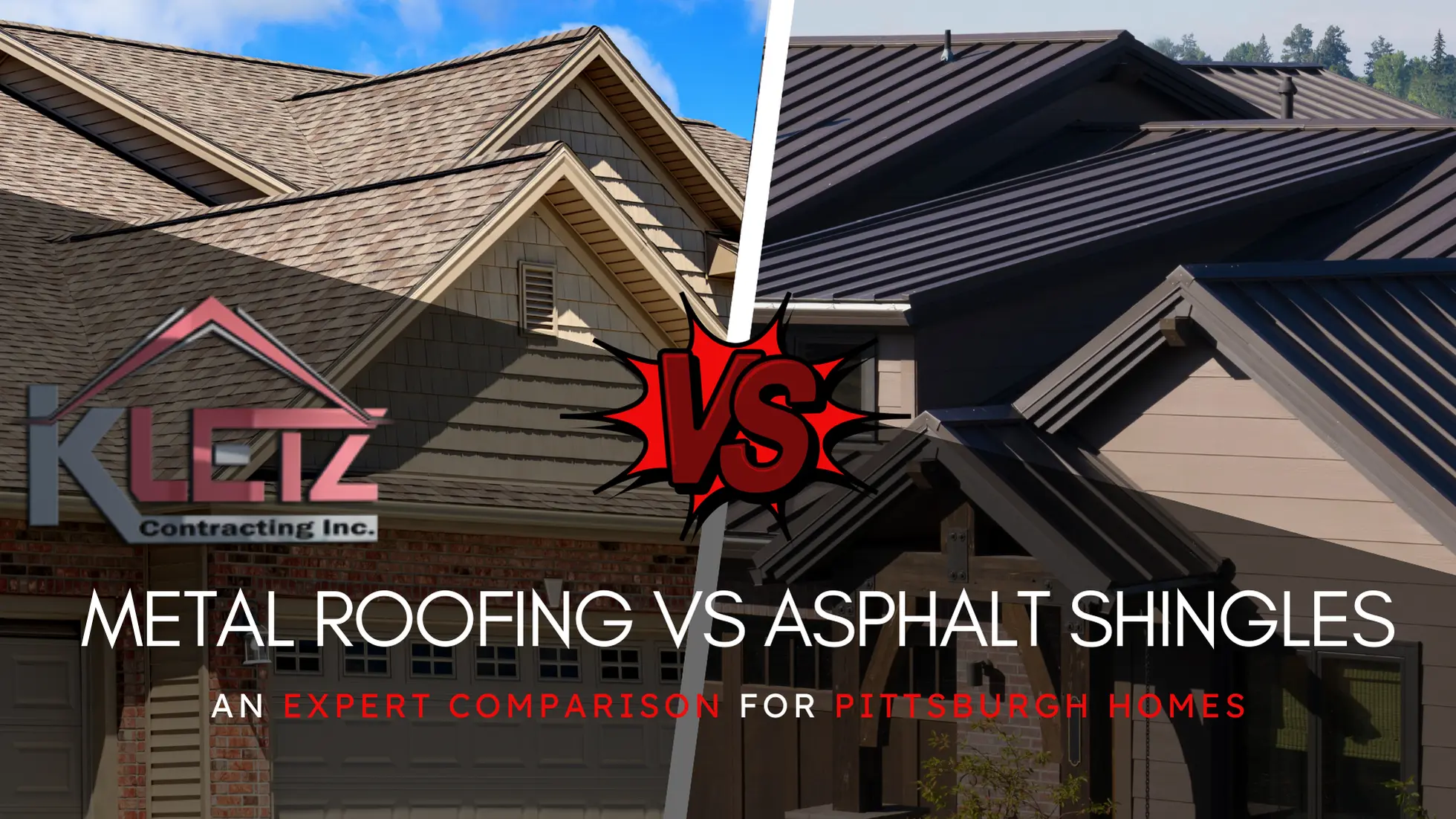Emergency Roof Leak Repair: What Every Pittsburgh Homeowner Needs to Know
At 2 AM during a torrential downpour, discovering water dripping through your ceiling transforms a peaceful night into a homeowner's nightmare. Having responded to thousands of emergency calls across Pittsburgh since 1996, we understand the panic and urgency these situations create. This guide provides expert insights on handling roof emergencies, minimizing damage, and understanding when professional intervention is critical.
Recognizing True Roofing Emergencies
Not all roof problems require emergency response, but certain situations demand immediate action:
Critical Emergency Situations
- Active water intrusion during storms
- Large sections of missing shingles or roofing
- Structural damage from fallen trees or debris
- Exposed roof decking or underlayment
- Sagging or compromised roof sections
- Major storm damage affecting home interior
Urgent But Non-Emergency Issues
- Small leaks during dry weather
- Missing shingles with intact underlayment
- Damaged flashing without active leaking
- Clogged gutters causing overflow
- Minor wind damage to ridge vents
Understanding this distinction helps prioritize response and potentially saves emergency service fees when standard repairs suffice.
Immediate Steps When You Discover a Leak
1. Protect Your Home's Interior
- Move furniture, electronics, and valuables from affected areas
- Place buckets or containers under active drips
- Use tarps or plastic sheeting to cover immovable items
- Lay towels around containers to catch splashes
2. Contain the Water
- Puncture bulging ceiling paint to release trapped water
- Direct water flow to containers using plastic sheeting
- Protect flooring with waterproof barriers
- Document damage with photos for insurance claims
3. Minimize Electrical Hazards
- Turn off electricity to affected areas if safe to do so
- Avoid using electrical appliances near water
- Never enter flooded areas with active electrical connections
- Call an electrician if water contacts electrical systems
4. Locate the Source (If Safe)
- Check attic spaces during daylight
- Look for water trails on rafters or sheathing
- Note approximate location relative to exterior features
- Don't attempt repairs during active storms
Why Every Minute Matters
Water damage escalates exponentially with time:
Within 24 Hours
- Drywall begins absorbing water
- Wooden structures start swelling
- Metal surfaces begin corroding
- Furniture finishes start deteriorating
24-48 Hours
- Mold and mildew growth begins
- Drywall becomes unsalvageable
- Wood warping becomes permanent
- Insulation loses effectiveness
After 48 Hours
- Structural integrity compromised
- Extensive mold remediation required
- Electrical systems need replacement
- Repair costs increase dramatically
Professional emergency response within 2-4 hours can prevent thousands in additional damage.
Common Causes of Emergency Roof Leaks in Pittsburgh
Storm-Related Damage
- High winds lifting shingles
- Hail impact creating punctures
- Flying debris penetrating roofing
- Ice dam formation forcing water backup
- Heavy snow loads causing structural stress
Maintenance-Related Failures
- Deteriorated flashing around chimneys
- Failed pipe boot seals
- Clogged gutters causing overflow
- Aged sealants around vents
- Compromised valley areas
Sudden Failures
- Tree limbs falling during storms
- Satellite dish installations failing
- Animal damage creating openings
- HVAC unit condensation issues
- Skylight seal failures
Professional Emergency Response: What to Expect
Initial Contact
When you call our 24/7 emergency line, we gather:
- Location and extent of leak
- Type of roofing material
- Storm damage indicators
- Safety concerns
- Interior damage assessment
Rapid Response Protocol
Our emergency teams arrive equipped for:
- Immediate leak mitigation
- Professional-grade tarping
- Temporary seal application
- Water diversion systems
- Initial damage documentation
Emergency Repairs vs. Temporary Measures
- Temporary measures: Stop active leaking, prevent further damage
- Emergency repairs: Address immediate structural concerns
- Permanent repairs: Complete restoration after weather clears
The True Cost of Delayed Response
Case Study: Two identical homes, same storm, different responses:
Home A: Called immediately
- Emergency tarping cost: $350
- Minor drywall repair: $200
- Permanent roof repair: $1,200
- Total cost: $1,750
Home B: Waited until morning
- Emergency tarping cost: $350
- Extensive drywall replacement: $2,500
- Mold remediation: $3,000
- Electrical repairs: $1,500
- Permanent roof repair: $1,200
- Total cost: $8,550
The $4,800 difference illustrates why immediate professional response pays dividends.
Insurance Considerations for Emergency Repairs
Document Everything
- Photograph all damage immediately
- Keep receipts for emergency services
- Record dates and times of events
- Save weather reports and warnings
- Document temporary repair measures
Coverage Typically Includes
- Emergency tarping and mitigation
- Interior damage from covered perils
- Additional living expenses if uninhabitable
- Permanent repairs for storm damage
Potential Coverage Issues
- Neglected maintenance problems
- Gradual deterioration
- Improper installation claims
- Flood damage (requires separate policy)
Preventing Future Emergencies
Regular Maintenance
- Bi-annual professional inspections
- Prompt repair of minor issues
- Gutter cleaning and maintenance
- Tree trimming near roof
- Attic ventilation checks
Storm Preparation
- Secure loose objects before storms
- Trim overhanging branches
- Check flashings and seals
- Clear gutters and downspouts
- Review insurance coverage
Warning Signs to Address
- Curling or missing shingles
- Damaged flashing
- Sagging roof sections
- Interior water stains
- Excessive granules in gutters
When to Call for Emergency Service
Call Immediately For
- Active water intrusion
- Structural damage
- Major storm damage
- Safety concerns
- Electrical involvement
Can Wait Until Business Hours
- Minor leaks when dry
- Small damaged areas
- Gutter issues
- Non-structural damage
Why 24/7 Professional Service Matters
Expertise Under Pressure
Emergency situations require:
- Quick, accurate assessment
- Proper safety protocols
- Professional equipment
- Insurance documentation
- Effective temporary solutions
Avoiding DIY Disasters
Well-intentioned homeowner attempts often:
- Create additional damage
- Void insurance coverage
- Risk personal injury
- Provide inadequate protection
- Delay proper repairs
Partner with Prepared Professionals
At Kletz Contracting, our 24/7 emergency response team stands ready when Pittsburgh weather strikes. With nearly 30 years of experience, we've handled every conceivable roofing emergency. Our rapid response protocol ensures we're on-site within 2-4 hours, equipped to protect your home and minimize damage.
Don't wait until emergency strikes. Save our emergency hotline: (412) 200-2475. When roof problems can't wait, neither should you. Our expert teams provide immediate protection, insurance documentation support, and seamless transition to permanent repairs once weather permits.
Remember: In roofing emergencies, professional response time directly correlates to damage limitation and repair costs. Trust the experts who've protected Pittsburgh homes through countless storms. We're here when you need us most.


